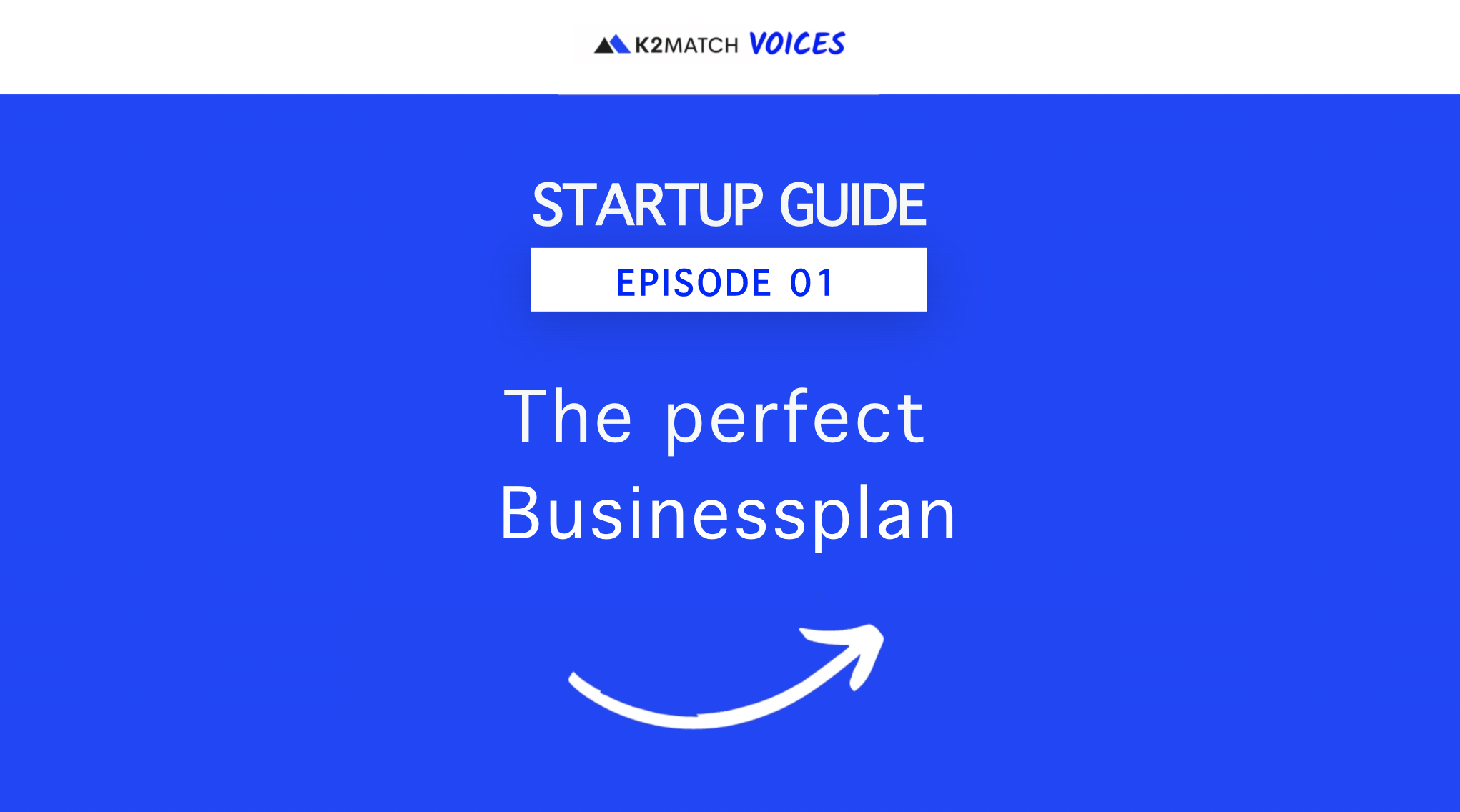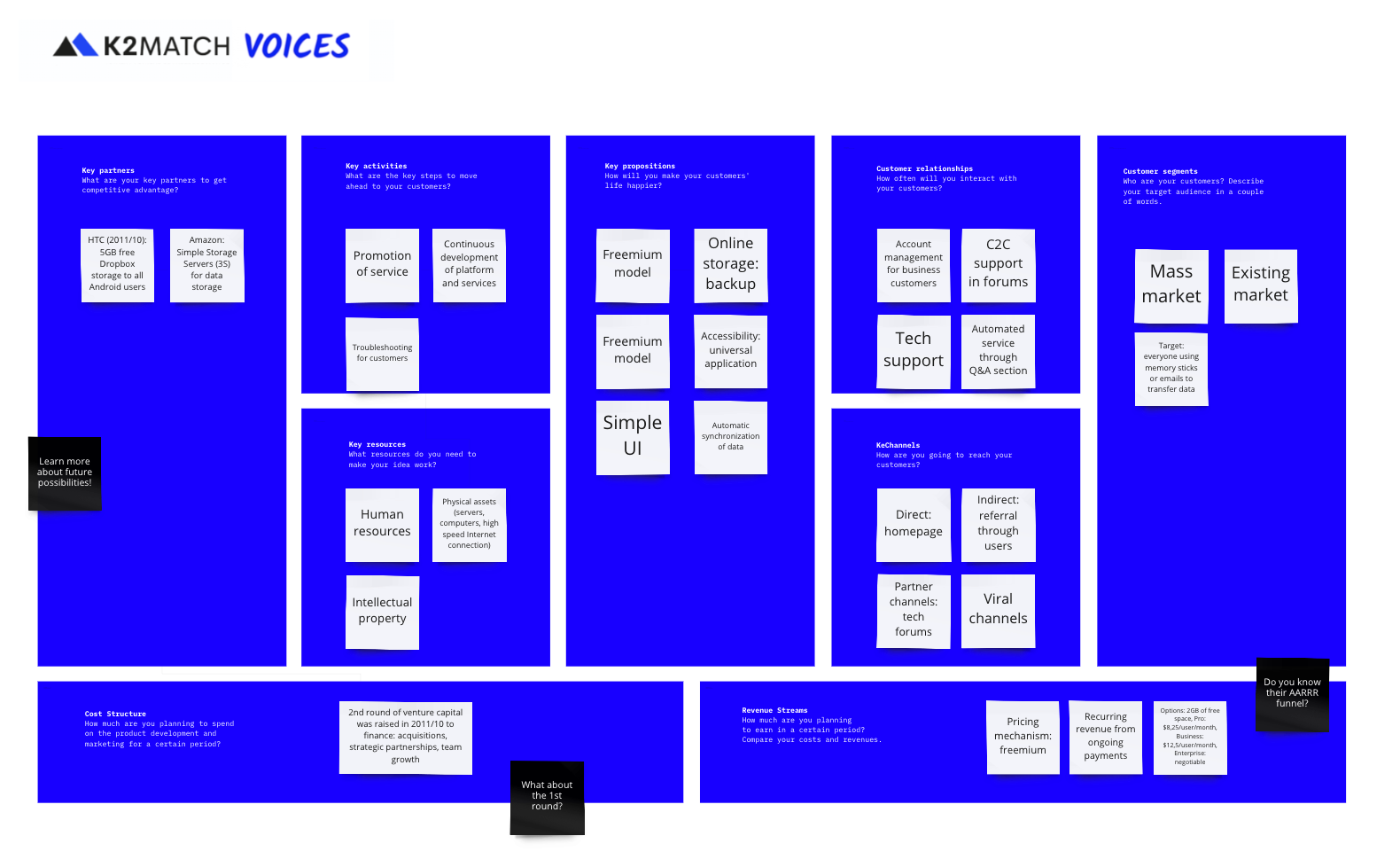The perfect Businessplan

Let's get started with a Businessplan.
Every Founder needs to be able to write a Businessplan, whether for Family, Fools and Friends or for Investors or simply for himself. We at K2Match are often asked how to do this. We decided to write a series of small articles to help Startups to efficiently and effectively structure, build and write a Business Plan that is on one hand the plan to develop the Startup and on the other hand to attract investors.
Today we will start with the structure of the Businessplan, which starts with the description of the products and services, then moves on to the Business Model and Organization. Then comes a detailed overview of the market and competition landscape followed by Marketing & Sales Strategy and Implementation Plan. A SWOT Analysis should always be part of the Businessplan to demonstrate how the Startup will take advantage of the Opportunity without ignoring the Risks. Only then and based on the assumptions of the previous Chapters will one be able to develop a credible Financial Plan. Only at the end of the entire exercise will the Founder be able to properly write the Executive Summary to be placed at the beginning of the Businessplan.
Below you will find the Structure of a Businessplan and the next Articles we will Deep Dive into each Chapter and explain to you what Questions needs to be answered under each Section.

Table of Contents for a perfect Businessplan
- Executive summary
- Product or service
2.1. Product / service description
2.2 Customer benefit(s)
2.3 Knowledge and technology lead
2.4 Status of development
2.5 Manufacturing and creation
3. Business model/ Organization
3.1 The business model
3.2 Founding team and key people
3.3 Personnel
3.4 Milestones and implementation schedule
4. Market and competition
4.1 Industry and overall market analysis
4.2 Market segments and target customers
4.3 Competitor analysis/ observation
4.4 Market barriers
5. Marketing and Sales
5.1 Price
5.2 Sales concept
5.3 Communication strategy and action planning
5.4 Market entry strategy
6. Opportunities and risks
7. Financial planning
7.1 Profitability planning
7.2 Investment planning
7.3 Liquidity planning
7.4 Capital requirements and financing
The Article was provided by K2MATCH and inspired by NUK

